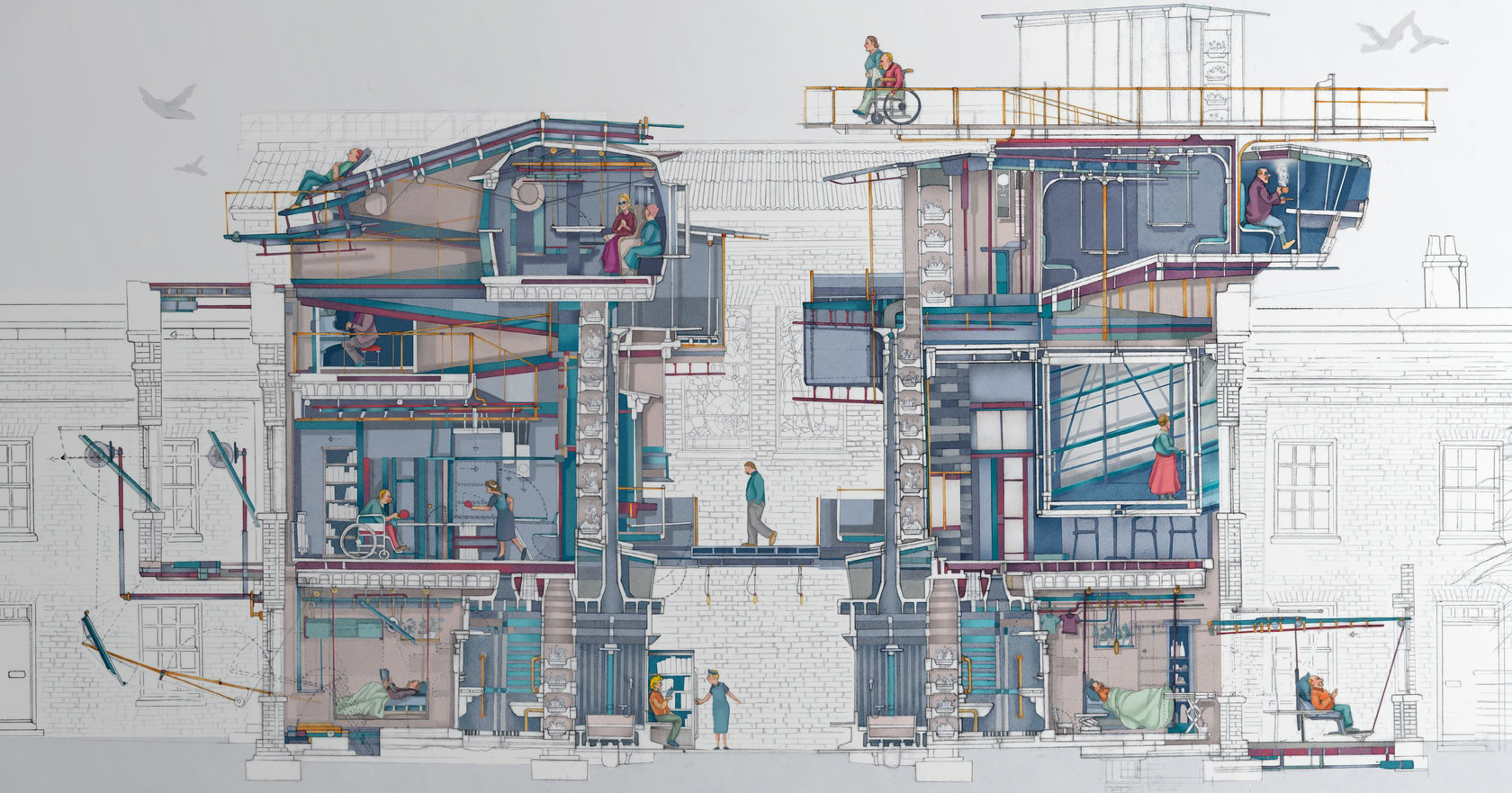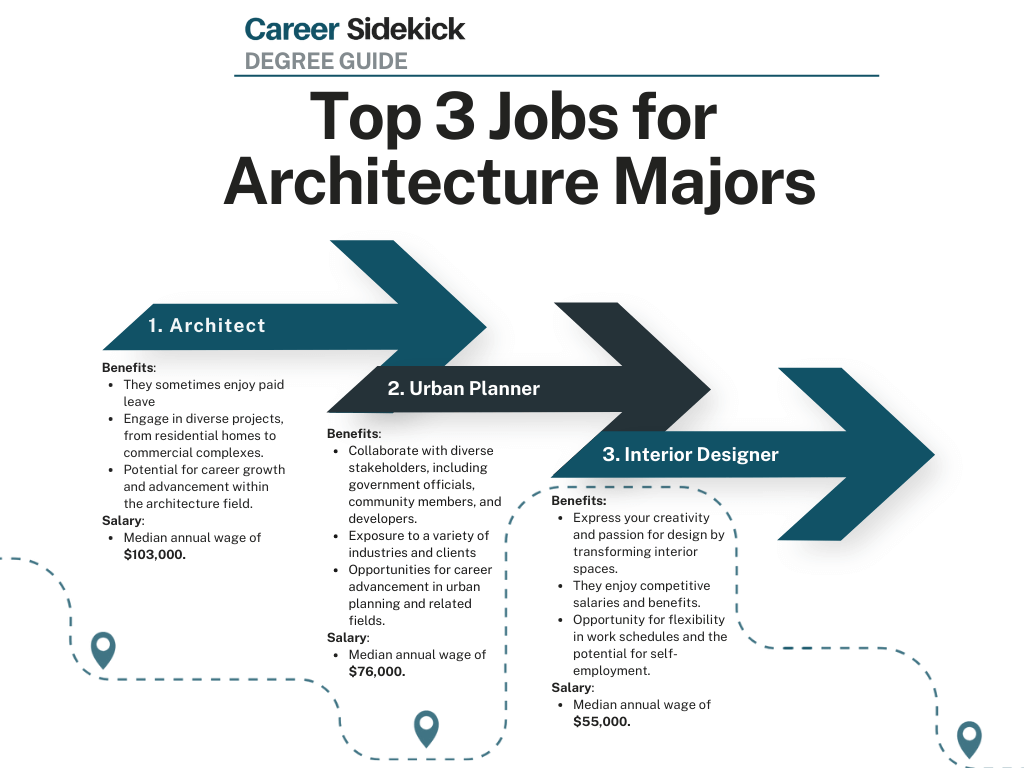Kitchen Design Layout: Kitchen layouts are designed considering the “work triangle” concept, which connects the three primary work
Introduction
The kitchen is often regarded as the heart of a home, serving as a hub for culinary creativity, family gatherings, and social interactions. For architecture students, understanding the intricacies of kitchen design layout is crucial, as it combines functionality, aesthetics, and ergonomics. This article delves into the essential elements of kitchen design, exploring various layouts, principles, and trends that can inform and inspire your architectural projects.
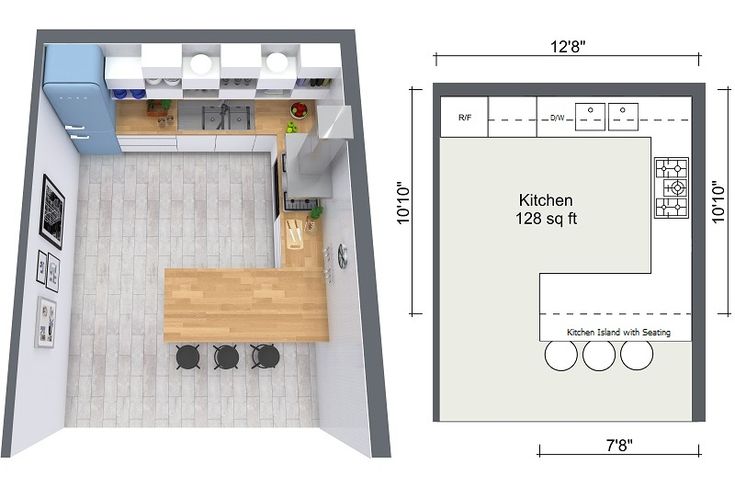
The Importance of Kitchen Design
A well-designed kitchen enhances the overall functionality and aesthetic appeal of a home. It ensures efficient workflow, maximizes available space, and caters to the lifestyle of its users. For architects, creating a kitchen layout involves considering the client’s needs, space constraints, and integrating innovative solutions for a cohesive design.
Key Elements of Kitchen Design
1. Functionality
Functionality is paramount in kitchen design. A functional kitchen layout facilitates ease of movement and accessibility, allowing for efficient cooking and cleaning processes. This involves understanding the work triangle concept, which connects the sink, stove, and refrigerator—the primary workstations.
2. Work Triangle
The work triangle minimizes unnecessary movement and enhances efficiency by arranging the sink, stove, and refrigerator in a triangular layout. The sum of the triangle’s sides should ideally be between 12 and 26 feet to ensure optimal functionality. This concept is foundational, yet flexible, allowing for variations based on kitchen shape and user preferences.
3. Storage Solutions
Effective storage solutions are essential in kitchen design. Architects must incorporate a variety of storage options such as cabinets, drawers, pantries, and open shelves. Consideration should be given to the types of items stored and their frequency of use, ensuring that storage areas are both accessible and organized.
4. Ergonomics
Ergonomics in kitchen design involves creating a space that accommodates the physical needs and comfort of users. This includes the height of countertops, placement of appliances, and ensuring sufficient clearance space for movement. An ergonomic kitchen reduces strain and enhances the cooking experience.
Common Kitchen Layouts
1. Single Wall Kitchen
The single wall kitchen is ideal for small spaces, where all appliances and cabinets are aligned along one wall. This layout is cost-effective and minimizes the need for excessive movement, making it suitable for studio apartments and compact homes.
2. Galley Kitchen
A galley kitchen features two parallel walls with a walkway in between. It is efficient for cooking, as everything is within easy reach. However, it may feel cramped if not designed with adequate space. This layout is commonly used in apartments and small homes.
3. L-Shaped Kitchen
The L-shaped kitchen is versatile and fits well in open plan homes. By extending along two adjacent walls, it provides ample counter space and allows for the inclusion of a dining area or an island. This layout is ideal for medium to large kitchens.
4. U-Shaped Kitchen
A U-shaped kitchen offers abundant storage and counter space by utilizing three walls. It is suitable for larger spaces and can accommodate multiple cooks. This layout is excellent for those who enjoy extensive cooking and entertaining.
5. Island Kitchen
An island kitchen incorporates a freestanding unit, providing additional workspace and storage. It acts as a focal point and can serve multiple functions, such as dining, prep, or cooking. Islands work well in open layouts and can enhance the social aspect of the kitchen.
6. Peninsula Kitchen
Similar to an island kitchen, the peninsula extends from an existing counter or wall, offering extra workspace and seating. It is ideal for smaller spaces where a full island may not fit and provides a transitional area between the kitchen and living spaces.
Designing for Different Lifestyles
1. Family-Friendly Kitchens
For families, kitchens must accommodate multiple users and integrate features such as durable materials, ample storage, and safety considerations. Open layouts with islands or peninsulas work well, promoting interaction and supervision.
2. Gourmet Kitchens
Gourmet kitchens cater to cooking enthusiasts and professional chefs. They require high-end appliances, expansive counter space, and specialized storage for equipment. A U-shaped or island layout is ideal, providing room for culinary exploration.
3. Accessible Kitchens
Designing for accessibility involves creating a kitchen that is usable for individuals with disabilities. This includes adjustable-height counters, pull-out shelves, and strategically placed appliances. The layout should allow for easy navigation and operation from a seated position.
Current Trends in Kitchen Design
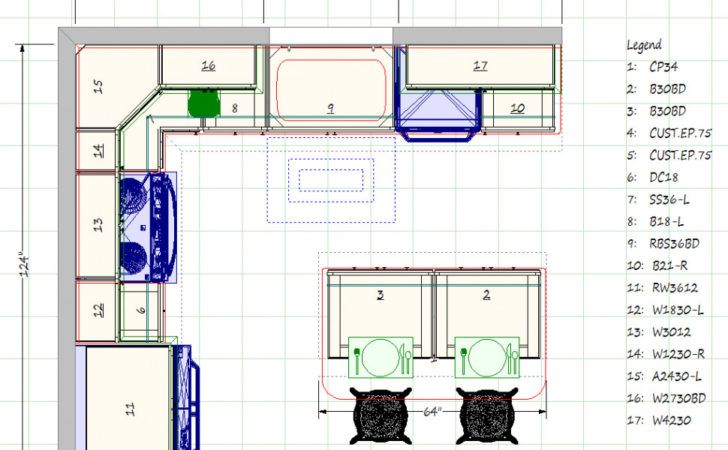
1. Sustainable Design
Sustainability is a key trend in modern kitchen design. This involves using eco-friendly materials, energy-efficient appliances, and incorporating natural lighting. Sustainable kitchens not only reduce the environmental impact but also enhance the health and well-being of occupants.

2. Smart Technology
The integration of smart technology in kitchens is on the rise. This includes smart appliances, lighting, and voice-activated assistants that enhance convenience and efficiency. Architects must consider the technological needs of clients and design spaces that accommodate these advancements.

3. Minimalist Aesthetics
Minimalism focuses on simplicity, functionality, and clean lines. In kitchen design, this translates to uncluttered spaces, neutral color palettes, and seamless integration of appliances. Minimalist kitchens create a sense of calm and order, appealing to modern sensibilities.
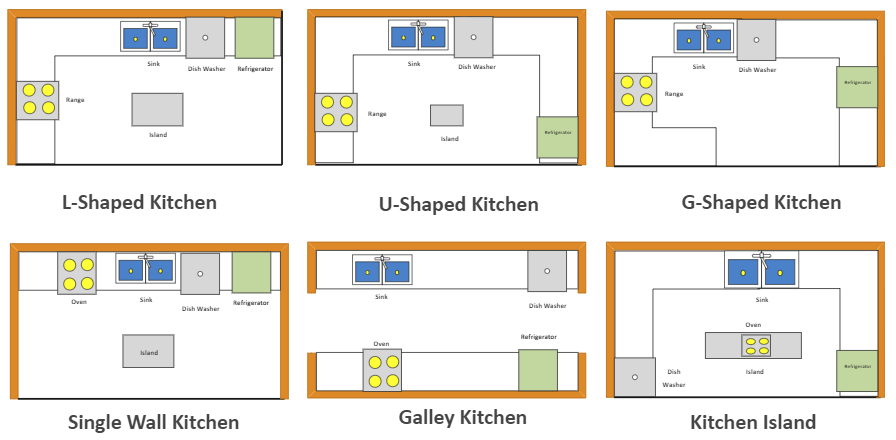
4. Biophilic Design
Biophilic design connects occupants with nature, enhancing well-being and comfort. In kitchens, this can be achieved through the use of natural materials, greenery, and maximizing views of the outdoors. Biophilic elements create a refreshing and inviting atmosphere.

Conclusion
As an architecture student, understanding kitchen design layout is essential in creating spaces that are functional, aesthetically pleasing, and tailored to the needs of users. By mastering the principles of kitchen design and staying informed on current trends, you can deliver innovative solutions that enhance the quality of life for residents. Whether designing for families, cooking enthusiasts, or those with accessibility needs, a well-thought-out kitchen layout is integral to the overall success of a residential project.
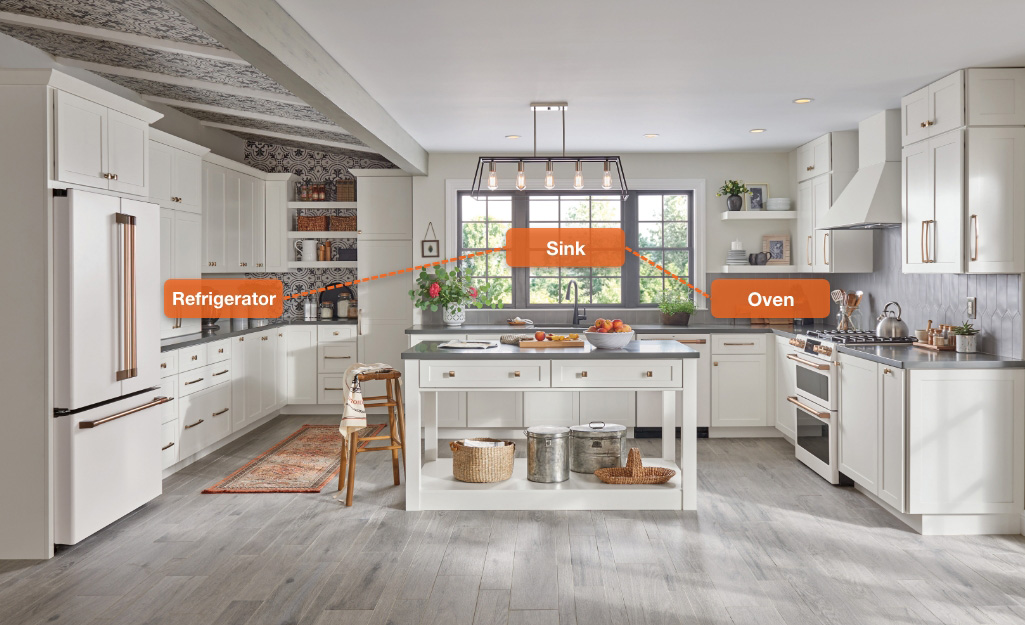
FAQ: Kitchen Layout
- What is the work triangle in kitchen design?
The work triangle is a concept used to create efficient kitchen layouts. It connects the stove, refrigerator, and sink with imaginary lines to form a triangle, minimizing movement between these key areas. - Which kitchen layout is most efficient?
The efficiency of a kitchen layout depends on your space and needs. Popular layouts include the U-shaped, L-shaped, galley, and island layouts, each offering different benefits. - What is the best layout for a small kitchen?
A galley or L-shaped layout is often recommended for small kitchens, as they maximize space efficiency and provide adequate room for appliances and storage. - How can I make my kitchen more functional?
Improve functionality by ensuring ample counter space, using vertical storage solutions, incorporating pull-out drawers, and placing frequently used items within easy reach. - What should I consider when designing a kitchen layout?
Consider the size and shape of your space, your cooking habits, the number of people using the kitchen, storage needs, and the overall aesthetic you wish to achieve. - How important is lighting in a kitchen layout?
Lighting is crucial in a kitchen layout for both functionality and ambiance. Incorporate a mix of task lighting, ambient lighting, and accent lighting to create a well-lit space. - Can I change my kitchen layout without a full renovation?
Yes, minor adjustments like repositioning appliances, adding an island, or changing cabinetry can refresh your kitchen layout without a complete overhaul.
